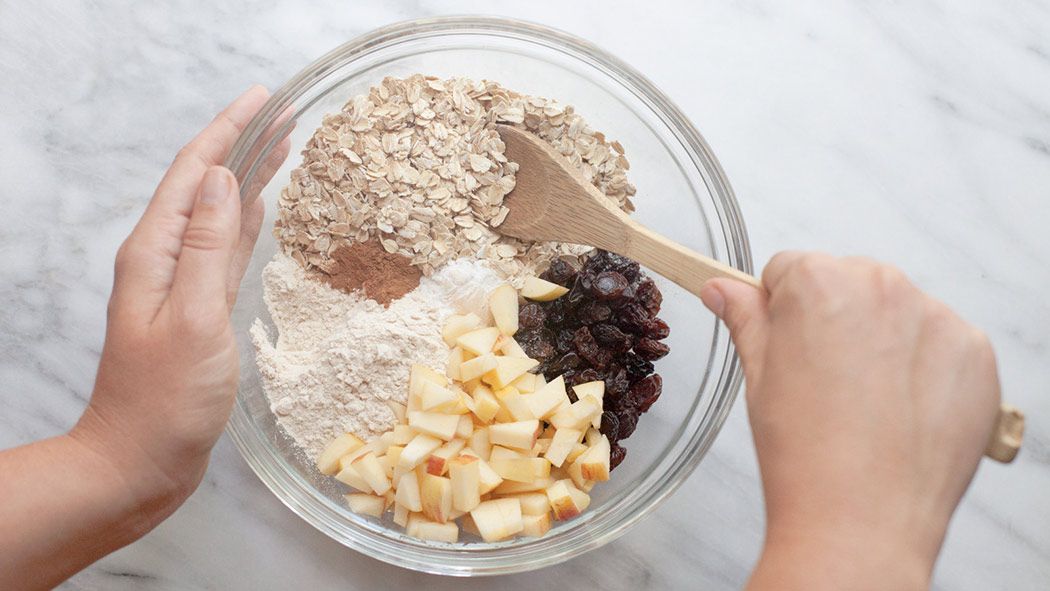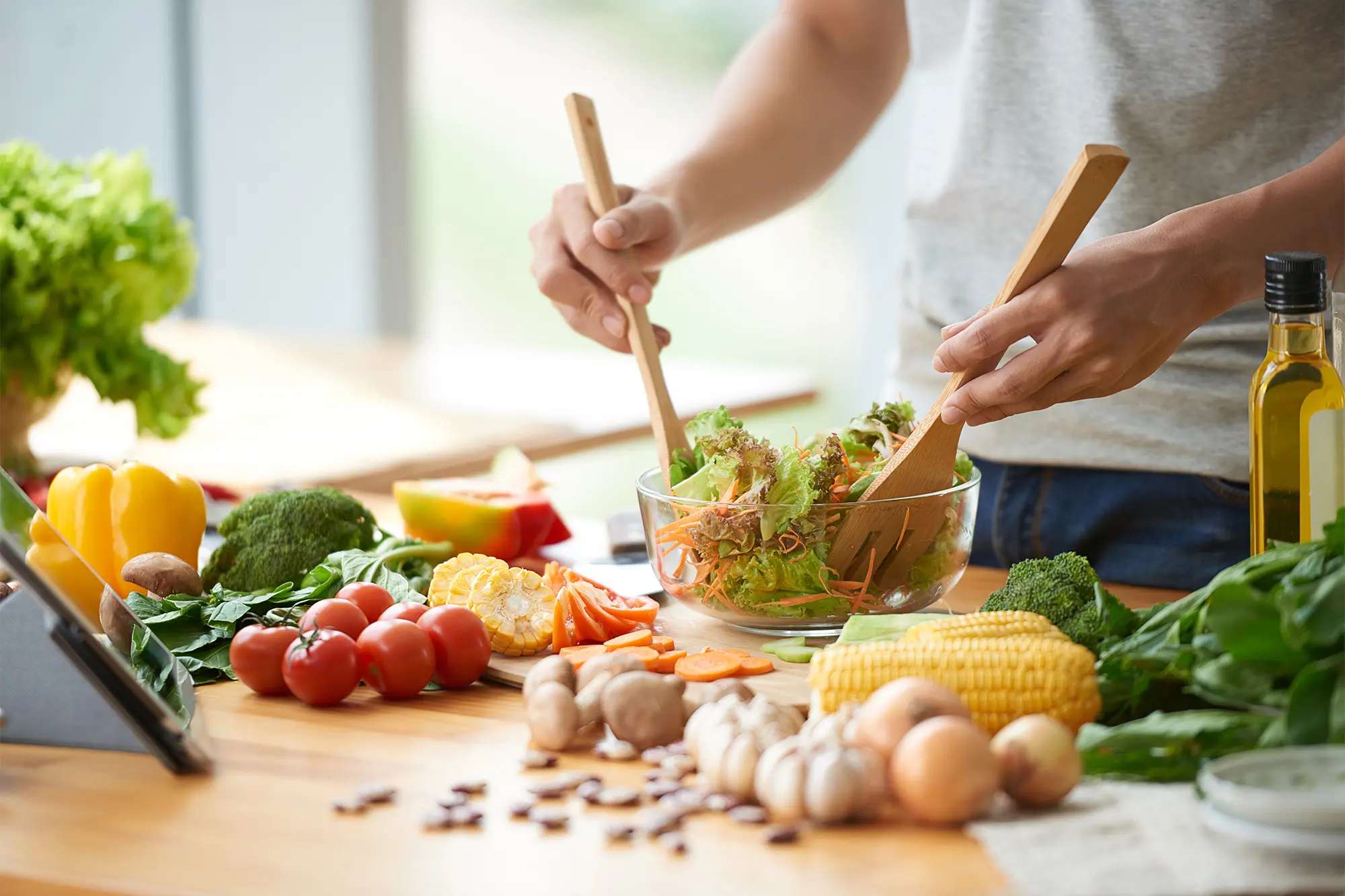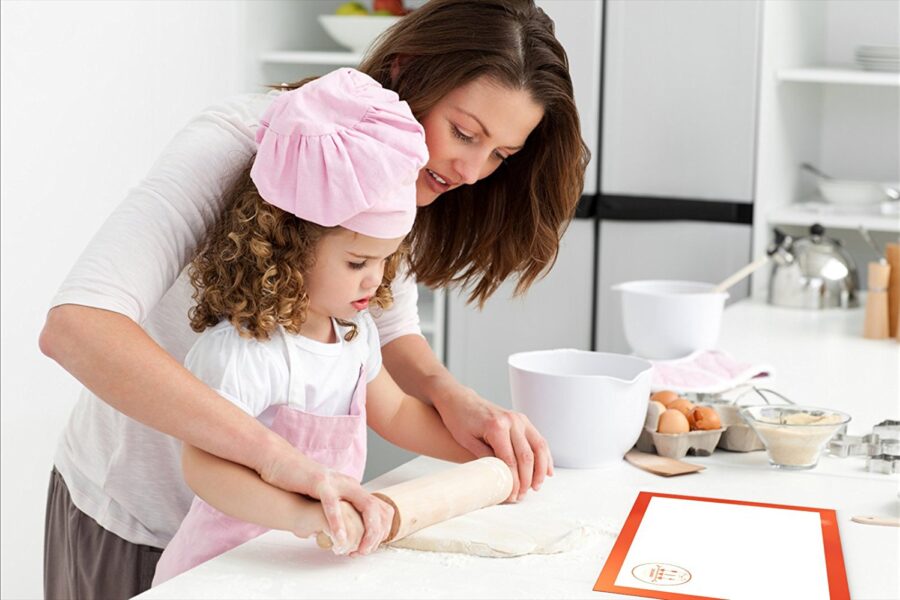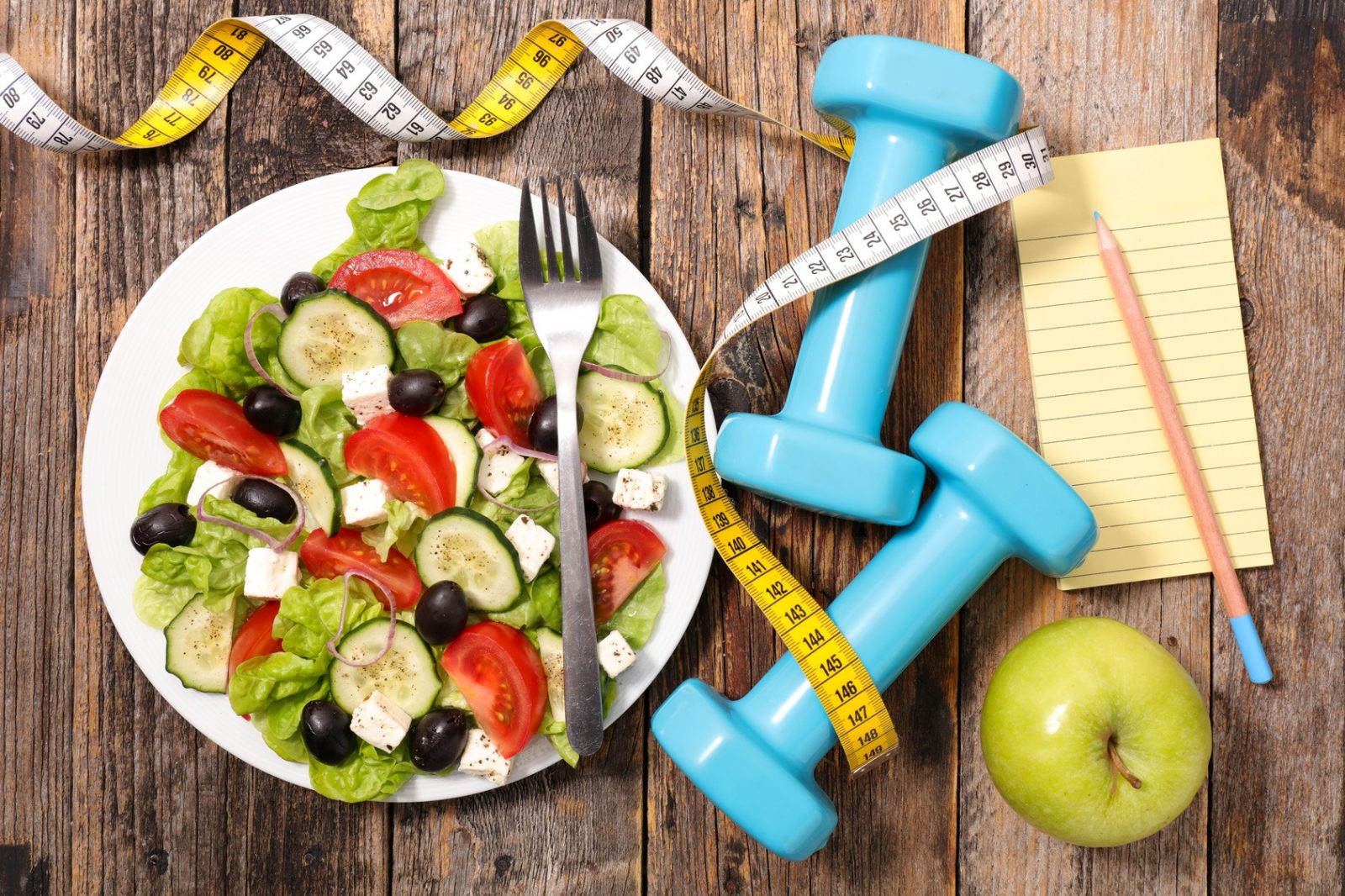You’ve probably heard someone’s grandma say, “Waste not, want not.” Well, in the kitchen, this old saying is pure gold. Cooking with a no-waste mindset means you’re using every last bit of what you buy. It’s good for your wallet and even better for the planet. Here’s the lowdown on how to make the most out of your ingredients.
Getting Started with No-Waste Cooking
First off, take a look at what you usually toss out. Those broccoli stems? The greens on top of your beets? That half an onion left from last night’s dinner? They’ve all got potential. No-waste cooking is like turning into a food magician – you find creative ways to make those so-called ‘scraps’ disappear into delicious dishes.
Vegetable Peels and Ends
Those peels are packed with nutrients and flavor. So, before you think about throwing them away, consider tossing potato, carrot, or cucumber peels into a soup or stock. You can also roast them with a bit of oil and salt for a crunchy snack.
Bones and Meat Scraps
If you eat meat, you know bones and trimmings are often inevitable. But rather than binning them, boil them up with some veggies to make a rich stock. It’s the base for countless soups, stews, and sauces – and it tastes way better than the store-bought stuff.
Stale Bread
Got some bread that’s turned into a rock? No problem. Blitz it into breadcrumbs, toast it for croutons, or soak it in milk and turn it into French toast or a savory bread pudding.
Wilted Veggies
Limp veggies might not be the best for salads anymore, but they can still shine elsewhere. Sauté them up, blend them into a smoothie, or hide them in a casserole or sauce. They’re far from done!
Fruit Gone Soft
Overripe fruits are sweet treasures in disguise. Bananas can become banana bread, and squishy peaches can be cooked down into a jam or a lovely chutney. Or just freeze them for later use in baked goods or smoothies.
Cheese Rinds and Dry Cheese
Cheese rinds from parmesan or other hard cheeses add depth to soups and risottos. And if your cheese has dried out a bit, grate it over dishes for added flavor.
Herb Stems
Don’t throw away those herb stems. They can be used to infuse oils and vinegars or to add flavor to stocks and marinades. Or chop them up fine and toss them into salads for a burst of flavor.
Learning as You Go
The key to no-waste cooking is to get creative and learn as you go. There’s no one-size-fits-all rule because it’s all about making the most of what you have. And sure, you’ll have some hits and misses, but that’s all part of the fun.
So next time you’re about to throw something out, take a pause and ask yourself, “Can I eat this?” More often than not, the answer is yes. And just like that, you’re cooking with no waste, saving money, and keeping things out of the landfill. It’s old-school kitchen wisdom for a modern green world.





